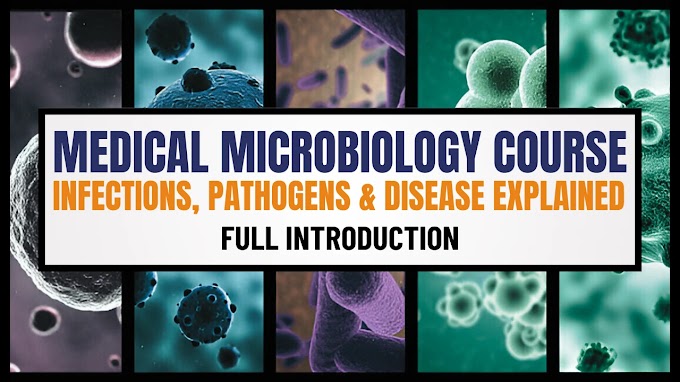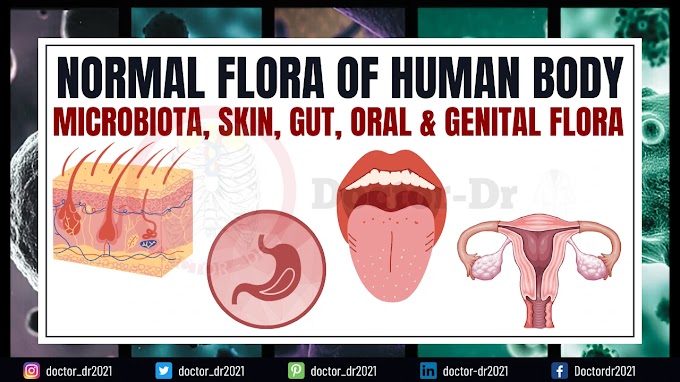CHAPTER 1: BIOMOLECULES PART 2 - LIPIDS
Biomolecules - Lipids
Lipid
- Lipids are one of four primary macromolecules found in living organisms.
- The word Lipid comes from the Greek word LIPOS, which means fats.
- These are biomolecules that are soluble in organic solvents or non-polar solvents like acetone, benzene, chloroform, and ether but are insoluble or sparingly soluble in aqueous solutions.
- Carbon, hydrogen, oxygen, phosphorus, nitrogen, and sulphur are all present in tiny amounts.
- GLYCEROL (C3H8O3) and FATTY ACIDS are the main components of natural fats and oils.
- They can alternatively be described as fatty acid (organic acid) esters with alcohol.
Fatty acids are essential components of lipids.
The amphipathic fatty acid molecule contains two different regions:
- CHAIN OF HYDROPHOBIC HYDROCARBON
- GROUP OF HYDROPHYLIC CARBOXYLIC ACID
- Fatty acids are monocarboxylic acids with short or long chains of hydrocarbon molecules.
- The carbon of the carboxylate group is the first to be counted in fatty acids. C16 refers to a fatty acid that is represented by the total number of carbons, such as palmitic acid, a 16-carbon fatty acid CH3(CH2)14COOH.
- It's common to write it as C 16:0, with the zero indicating that the fatty acid has no double bonds. If there is just one double bond, the formula will be C:16:1.
Saturated Fatty Acids
- Fatty acids with no double bonds between carbon and carbon. Saturated fatty acids are what they're termed.
- Saturated fatty acids have the generic formula CH3-(CH2)n-COOH. The n in naturally occurring fatty acids is much lower, ranging from 2 to 22.
- Short-chain saturated fatty acids are liquid at normal temperature, but long-chain saturated fatty acids are solid.
- MYRISTIC ACID, PALMITIC ACID, AND STEARIC ACID are common examples.
- Animals that live in warm climates have this trait.
- These contain carbon-carbon double bonds, resulting in unsaturation.
- e.g. OLEIC ACID, LINOLEIC ACID, and LINOLENIC ACID are three types of fatty acids.
- Double bonds are significant because they improve the hydrocarbon's flexibility and, as a result, the fluidity of biological membranes.
- Higher plants and animals that live in low-temperature environments.
- The number of carbon atoms is followed by the number of double bonds and the unsaturation position in these fatty acids' representations.
- The symbol () and the number of the first carbon of the double bond in superscript form denote the position of unsaturation in a fatty acid.
- As a result, oleic acid, a 16-carbon fatty acid having one unsaturation site between carbons 9 and 10, is represented by C16:19.
- Because certain animals are unable to manufacture certain fatty acids, they must obtain them from their diet. These fatty acids are referred to as essential fatty acids.
- Plant material is used to produce these fatty acids.
- Examples: Linoleic, linolenic, and arachidonic acids are three different types of fatty acids.
1. Simple Lipids:
- Simple lipids are fatty acid alcohol esters.
Acyl glycerides:
- Triacyl glycerides, commonly known as neutral lipids, are made of a glycerol backbone with each alcoholic group esterified by fatty acids.
- Fatty acid and glycerol triesters
- These are the most frequent kind of lipids in cells, as well as the most common type of stored lipids, which are collected in the cytoplasm and stored in the adipose or fat depot.
- Their primary role is to act as a main source of energy.
- Except for glycerol, esters of high molecular weight fatty acids with alcohol.
- Chemically, they are a complicated combination of long-chain alkanes, secondary alcohol derivatives, and ketones.
- These are a kind of lipid found on fruits and plants as a protective covering or produced by insects.
2. Compound Lipids:
- Fatty acids, alcohols, and other chemicals such as phosphorus, amino-nitrogen carbohydrates make up compound lipids.
- The structural component of the cell is compound lipids.
Phospholipids:
- They make up the majority of the cell membrane.
- Phospholipids have a similar fundamental structure to triacylglycerides, with the exception that phosphoric acid is used to esterify Carbon -3 of the glycerol backbone.
- Phosphatidic acid is the name for this kind of basic phospholipid.
- Phosphotidic acid can be substituted in other ways.
- By attaching various groups (X) to Phosphatidic acid, several distinct kinds of phosopholipids are produced.
- Some representative examples are :
X = Ethanolamine, the phospholipid is called phosphatidylethanolamine.
X = Choline ---> phosphatidylcholine, also called lecithins.
X = Serine ---> phosphatidylserine.
X = Glycerol ---> phosphatidylglycerol.
X = myo-inositol ---> phosphatidylinositol.
X = diphosphatidylglycerol ---> cardiolipins.
- The inclusion of both hydrophilic / charged substitution (PO4- and X) and hydrophobic fatty acid chains makes phospholipids amphipathic in nature.
- They create film as a result of this characteristic. The lipid bilayer is formed by the polar hydrophilic head facing outward and the hydrophobic tail facing inside.
Sphingolipids:
- Sphingolipids have an amine alcohol backbone (sphingosine, sphingol) that is generated from glycerol.
- The myelin sheath of nerve fibres contains the majority of sphingolipids.
Glycolipids:
- They are a carbohydrate-containing triglyceride derivative.
- In glycolipids, galactose is the most abundant carbohydrate.
- Frequently found in membrane structures, particularly the chloroplast membrane.
3. Derived Lipids:
- Fatty acids are not found in the components of lipids.
Steriods: A system of fused cyclohexane and cyclopentane rings makes up Steriods.
Perhydro-cyclopentane-phenanthrene is a derivative of perhydro-cyclopentane-phenanthrene, which has three fused cyclohexane rings and one terminal cyclopentane ring.
Hormones, vitamins, and fat emulsifiers, such as cholic acid in bile, are all examples of steriods.
Prostaglandins: are hydroxyl derivatives of polysaturated fatty acids with 20 carbons.
Their functions include hormone binding to target cell membranes, smooth muscle contraction, and platelet aggregation.
Functions:
- Lipids are involved in and execute a number of critical biological activities. They are the structural and storage components.
- However, some of the most important physiological activities attributed to lipids are as follows:
- Animals, insects, birds, and high-lipid seeds, such as triacyl glycerols, use it as a source of energy.
- Activators of key mitochondrial enzymes such as glucose-6-phosphatase, stearoyl CoA desaturase, and monooxygenases.
- Prostaglandins, for example, are lipid compounds that act as vitamins and hormones.
- All prostaglandins and leukotrienes have arachidonic acid as a particular precursor.
- Shingolipids and glycoloipids, for example, are important components of cellular membranes.
- Lipoproteins are used to modify and recognise proteins.
- Components of the electron transport mechanism in mitochondria's inner membrane.












